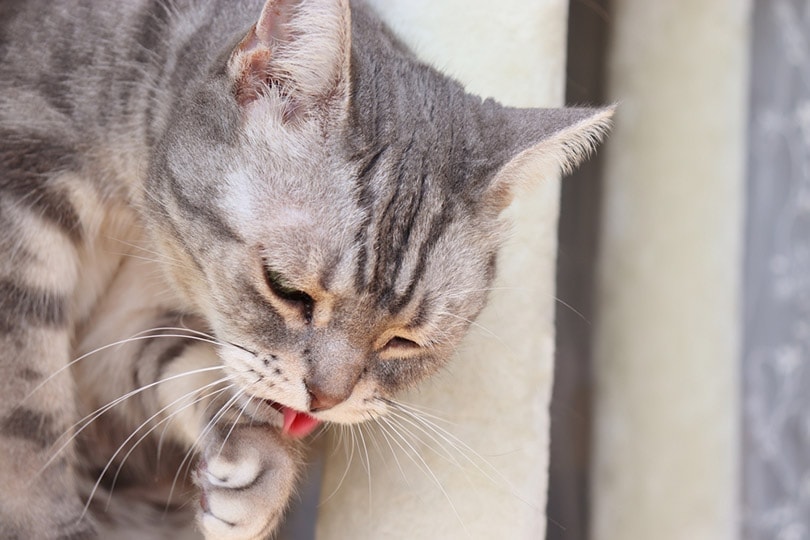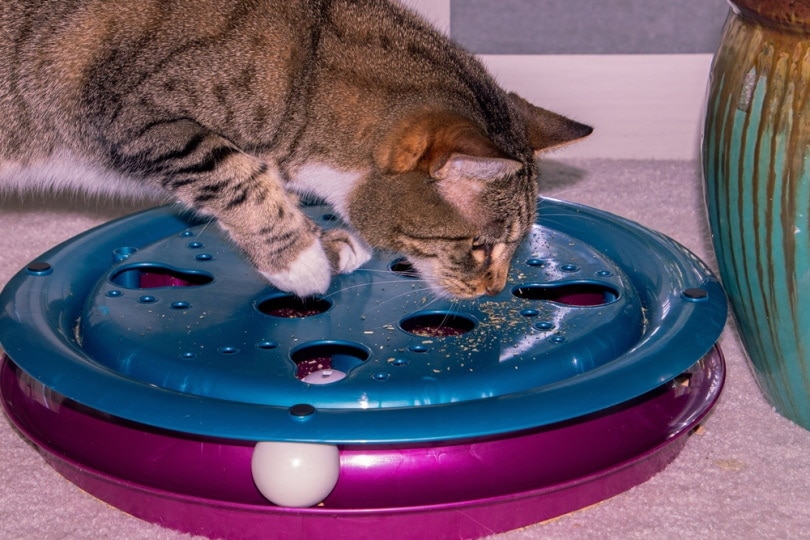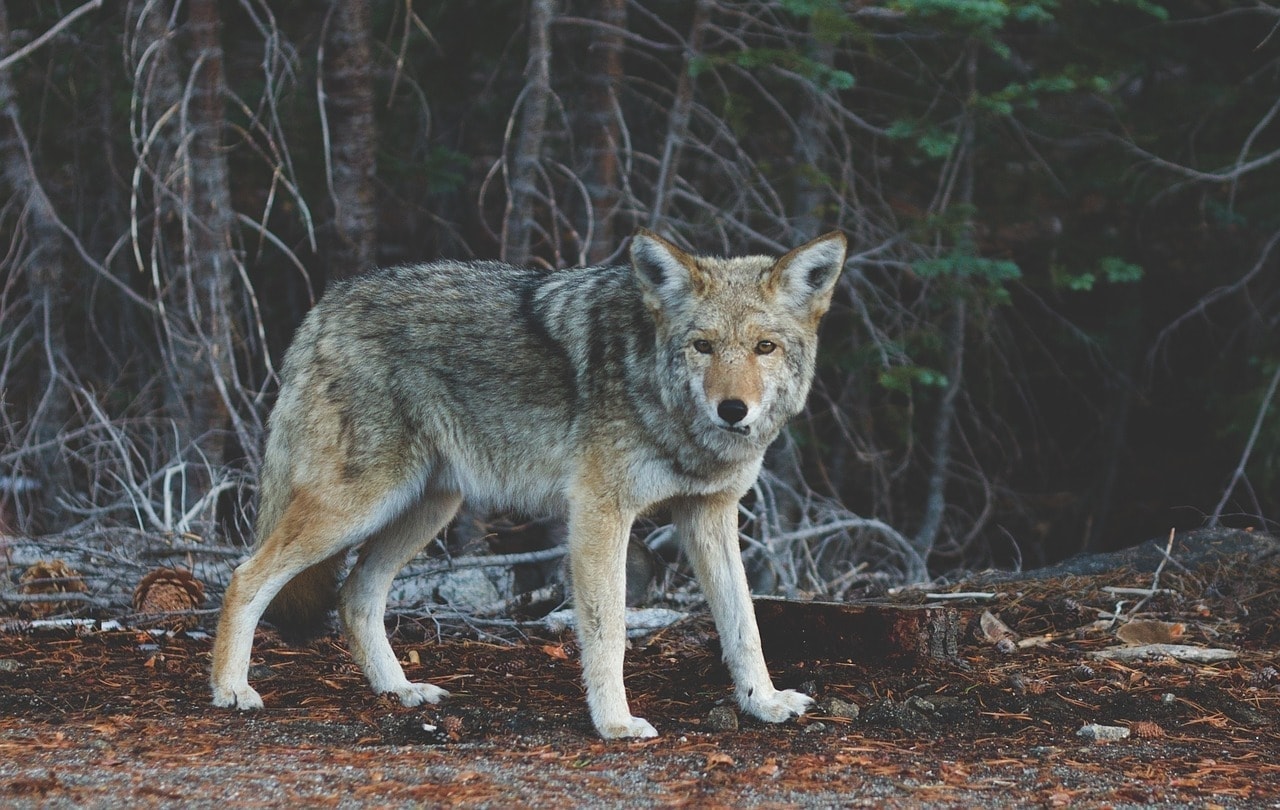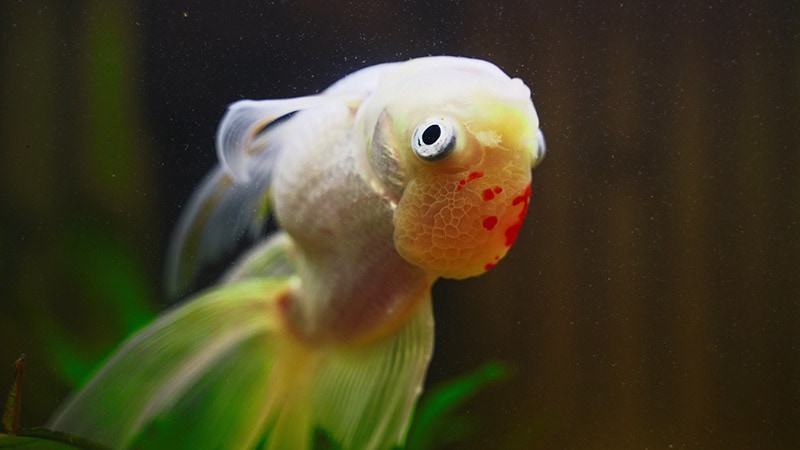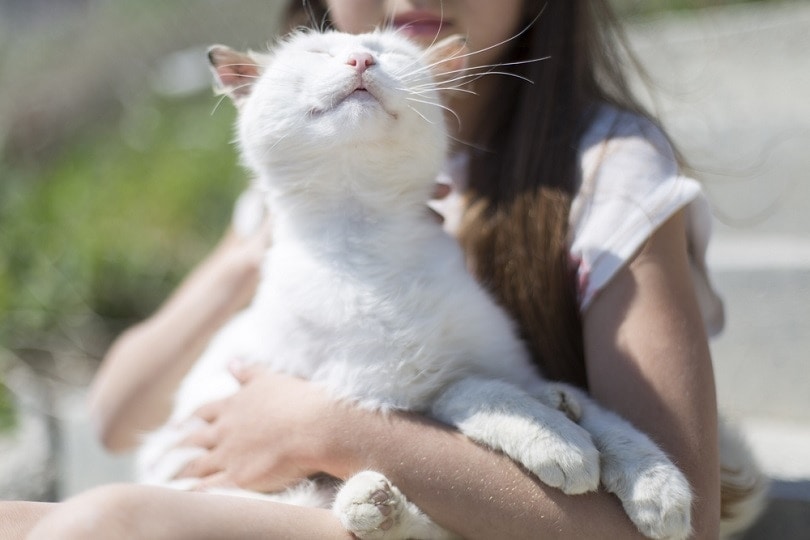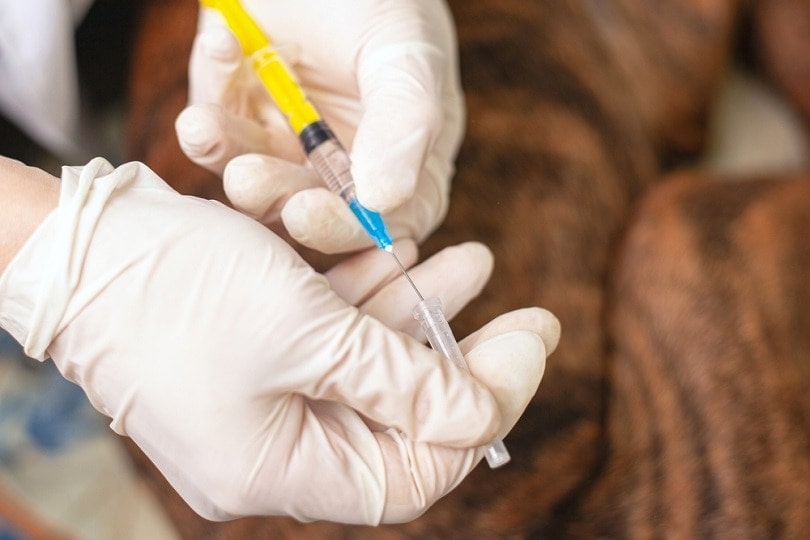Blue Point Ragdoll Cat: Pictures, Facts, Origin & History
By Ashley Bates
Updated on
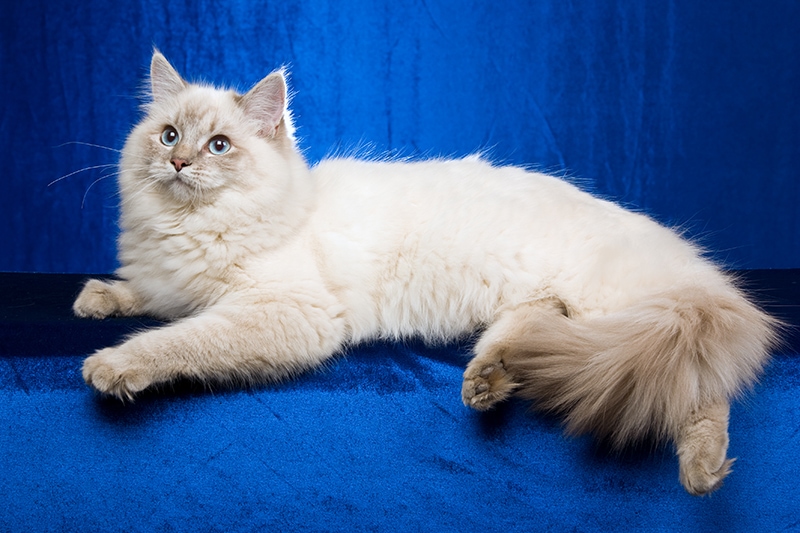
Originating in the 1960s in Riverside, California, the beautifully docile Ragdoll cat breed was born. As the breed progressed, many lovely, classic markings became breed standard, including the gorgeous blue point. If you own or are a huge fan of blue point Ragdolls, we have some facts about this breed that may interest you.
The Earliest Records of the Blue Point Ragdoll Cat in History
The Ragdoll breed itself was created from a semi-feral Angora-type kitty named Josephine, who had a lovely temperament. Josephine has quite the story. She was hit by a car during her pregnancy, which thankfully did not harm her or her kittens.
Once these kittens were born, breed creator Ann Baker noticed that these kittens were exceptional specimens. They were very loving, docile, and “floppy.”
So, what exactly are floppy cats? These cats can be held without much resistance. They tend to stay relaxed, even when being handled. Ann Baker thought that this would make an exquisite quality for a new cat breed.
After carefully analyzing these kittens, Ann started working vigorously to create and develop a breed that would carry these characteristics. This gave way to bizarre claims that would raise eyebrows and pique interest.
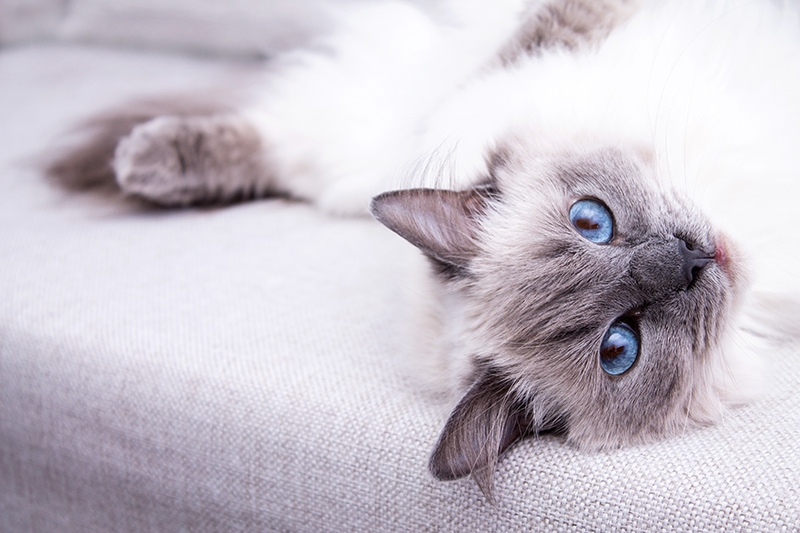
How the Blue Point Ragdoll Cat Gained Popularity
As Ann started developing the Ragdoll cat, they quickly gained popularity due to their temperament and mythical beginning. Ann made bold claims that these cats shared human and alien DNA, which caught the public’s attention. While these claims are outlandish and not in any way based in fact, people love a good story.
And it’s a good thing they do! Despite these kitties lacking alien DNA, they are remarkable specimens that are large in size and heart.
Formal Recognition of the Blue Point Ragdoll Cat
The Cat Fanciers Association started registering Ragdolls in 1993. While this was the start of the process, they were fully recognized in 2000. Today, all formal Ragdoll color schemes are recognized by most registries, but not all.
Blue point cats have a particular set of marking requirements. These include:
- Cold tone blue body
- Blue fades gradually to white stomach
- Deep blue points
- Blue eyes
- Slate gray nose and paw pads
There are several other different color variations of the Ragdoll cat breed, each with its own specifics.
Top 8 Unique Facts About the Blue Point Ragdoll Cat
Blue point is just one of the many beautiful markings of a Ragdoll cat. The actual breed has a series of really cool facts you can learn about, affecting all colors.
1. Many rumors surround the Ragdoll
As we mentioned earlier, Ragdoll cats were rumored to have alien and human DNA. This is a bogus claim with no truth behind it at all. However, it has sparked the imagination and creativity of cat lovers everywhere.
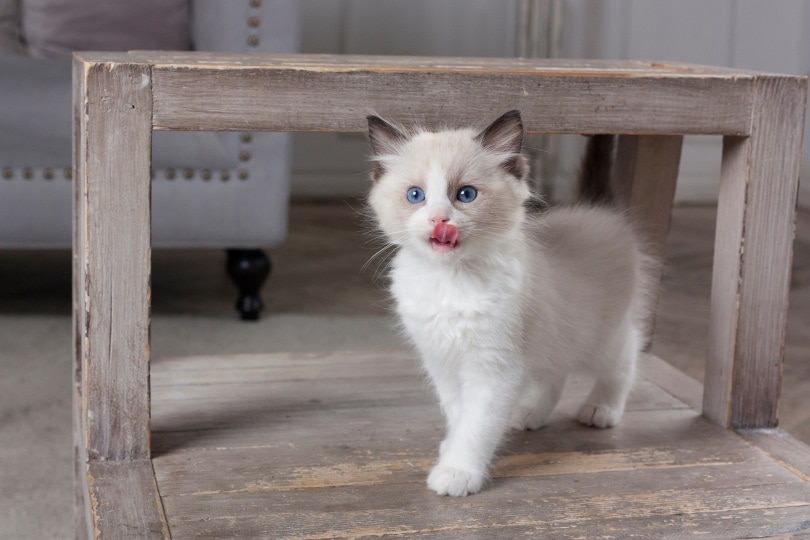
2. All Ragdolls have distinct color points and blue eyes
One distinct breed-specific trait is that all Ragdoll cats have beautiful blue eyes. In combination with their beautiful coats, their blue eyes add to this particular cat breed’s overall appeal and beauty.
3. Ragdolls are huge domestic cats
Even though Ragdoll cats look cuddly and dainty, they are quite large. Adult Ragdolls can weigh up to 20 pounds. Even though certain breeds, like Maine Coons, are bigger, they are still one of the largest domestic cat breeds. All the better to cuddle with, my dear!
4. Ragdolls are known for their dog-like personalities
Ragdolls are not known for their classic cat behavior. Many folks who own Ragdolls can’t contest the fact that they are much more like dogs and their general behavior. This is a really great match for people who love cats but prefer to avoid some of the quirks involved in having them.
If you have a husband, wife, or family member in the home who does not care much for felines, they might change their mind when they meet this beautiful specimen.
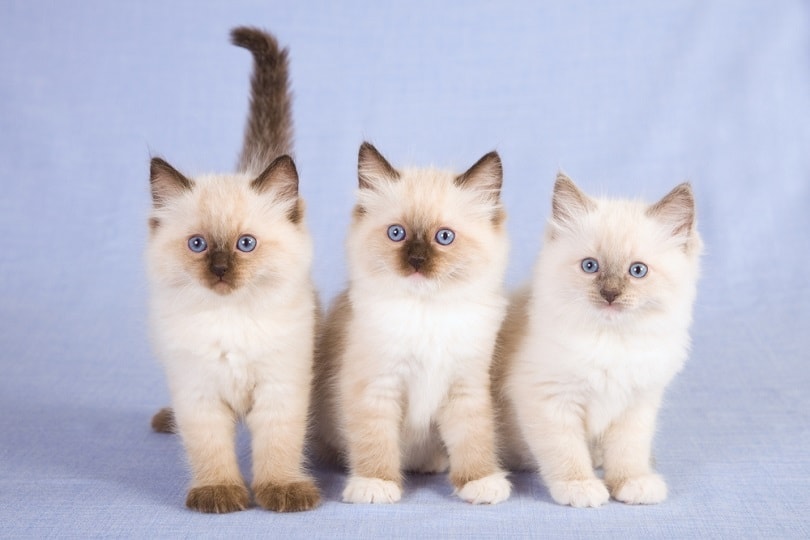
5. Ragdolls are also called “floppy cats”—and for a good reason!
Even though every Ragdoll cat has a unique personality, most take on the classic floppy cat nature. These cats are incredibly relaxed and are very easy to handle.
For this reason, they make excellent first-time pets for children, permitting they’re handled correctly. Their overall demeanor is one of the biggest attributes that made them a desirable breed to begin with.
6. All Ragdoll kittens are born pure white
When a Ragdoll kitten is first born, it’s always a surprise what it will grow to be like. All Ragdoll kittens are born pure white and develop their color slowly as they age.
7. Ragdolls are considered full-grown at four years of age
Unlike most domestic cats that are fully grown by one year of age, Ragdoll cats continue growing once they are at least four. After the first year, growth slows significantly, but it does not stop.
8. Ragdolls are not hypoallergenic
Contrary to rumors circulating around the web, Ragdolls are, unfortunately, not hypoallergenic cats. So, if you or someone in your home suffers from allergies, this is not the right breed for you.
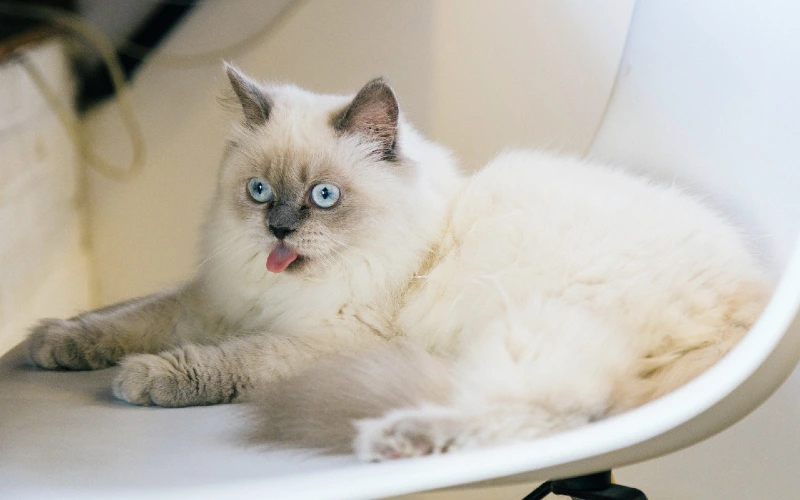
 Does a Blue Point Ragdoll Cat Make a Good Pet?
Does a Blue Point Ragdoll Cat Make a Good Pet?
Ragdolls were bred for their excellent dispositions. The blue point is no exception. Therefore, they make fabulous additions to almost any lifestyle or household size. These felines get along well with children, elderly folks, cats, and dogs.
So, we think this breed makes a terrific choice for just about any lifestyle. However, because they are not hypoallergenic, they won’t work in homes with allergy sufferers.
Summary
We think you would be happy with any Ragdoll cat that you choose. We don’t blame you if you are particularly attracted to the blue point Ragdoll cat. This particular marking style is exquisite. But Ragdolls also come in various other beautiful tones, all with vibrant blue eyes.
This breed certainly has an exciting history, giving way to lots of rumors circulating that are, in fact, not true but still fun to consider. What is your favorite thing about the blue point Ragdoll cat?
See Also:
- Seal Point Ragdoll Cats: Facts, Origin & History (With Pictures)
- Flame Point Ragdoll Cat – Facts, Origin & History (With Pictures)
Featured Image Credit: Linn Currie, Shutterstock


 Does a Blue Point Ragdoll Cat Make a Good Pet?
Does a Blue Point Ragdoll Cat Make a Good Pet?